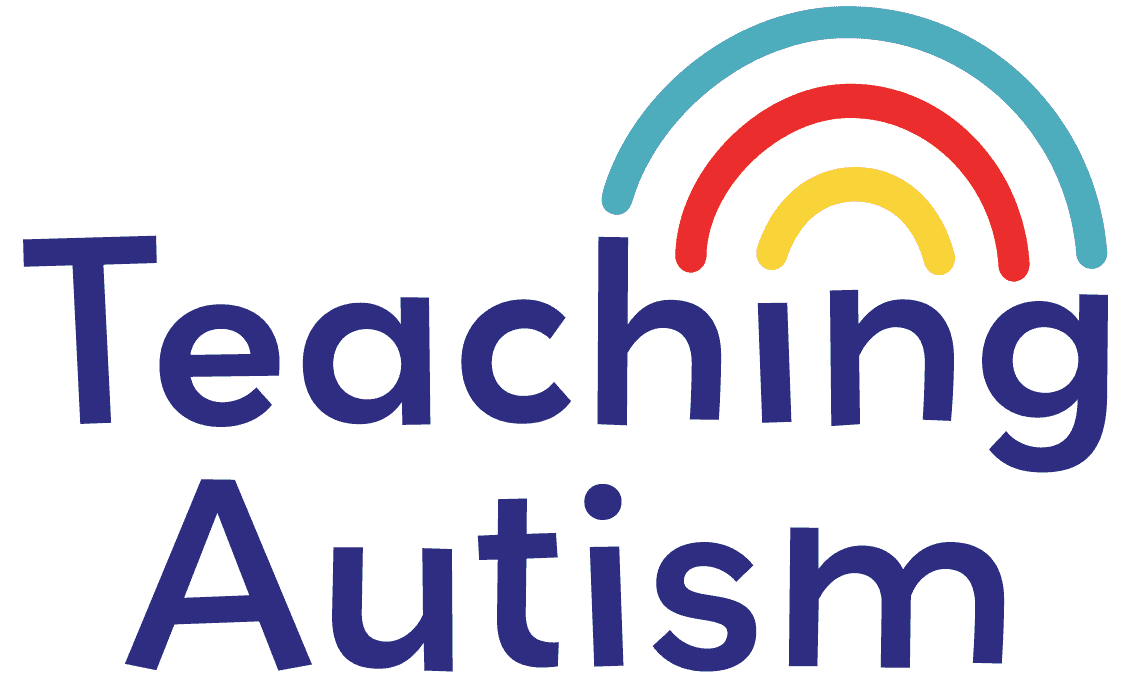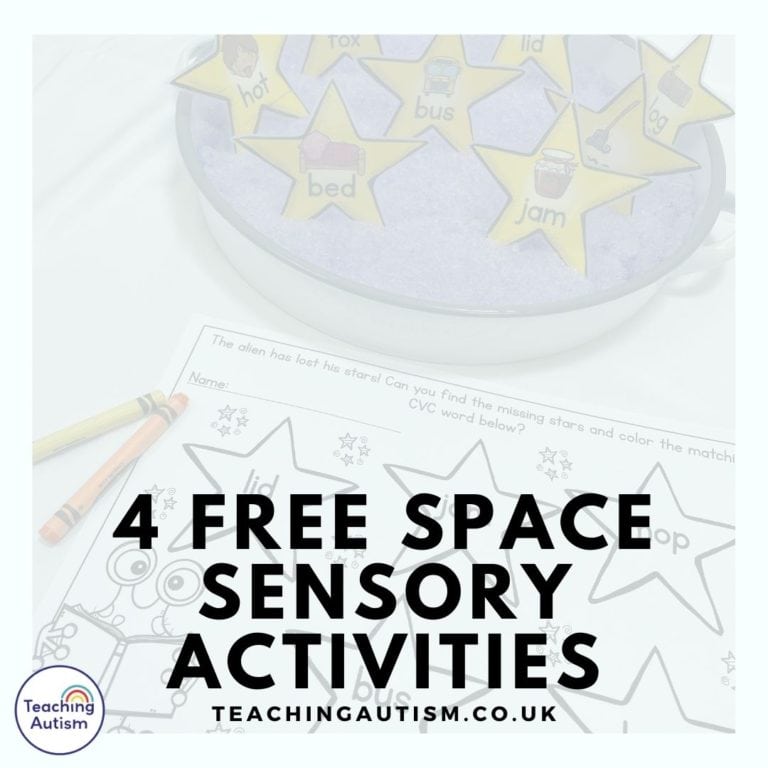Creating a Sensory-Friendly Classroom Without Breaking the Bank
Let’s be honest: creating a sensory-friendly classroom sounds amazing… until you start pricing things out. Bubble tubes? Hundreds. Crash pads? Cha-ching. And don’t even get me started on full sensory gyms.
But here’s the good news: you don’t need a huge budget or Pinterest-perfect room to create a calming, functional, and sensory-supportive space for your students. Today, I’m going to show you how to build a sensory-friendly classroom without draining your wallet—or your sanity.
This is all about making smart, affordable choices that actually work for your students.
This blog post may contain affiliate links. This means that if you purchase an item through my affiliate link, I may receive a % of commission at no extra cost to you. This helps support me, my family and my blog to bring you great content for free!
First Things First: Why a Sensory-Friendly Space Matters
If you teach in special education, you already know how important sensory regulation is. Some students seek out stimulation. Others avoid it. And some bounce back and forth depending on the day, the task, or the weather (because yes, that happens).
A sensory-friendly classroom helps:
- Reduce meltdowns and anxiety
- Increase focus and engagement
- Support transitions and routines
- Help students feel safe and regulated
And the best part? A few small changes can make a huge impact.
Step 1: Start with the Lights
Lighting can either be calming or completely overstimulating. Harsh fluorescents are no one’s friend, especially for students with sensory processing needs.
Budget-Friendly Fixes:
- Use soft lamp lighting from thrift stores or even Facebook Marketplace.
- Hang string or fairy lights for a soft glow in calm spaces.
- Cover fluorescent lights with classroom light filters or even DIY sheer fabric covers (secured safely, of course).
You don’t have to light the entire classroom this way – just creating a quiet corner with softer lighting can work wonders.
Amazon Favorites
These links are affiliate links.
Step 2: Flexible Seating Doesn’t Have to Be Expensive
When we think “flexible seating,” it’s easy to picture wobble stools and giant yoga balls. But there are tons of sensory-friendly seating options that are cheap (or free!).
Try these:
- Carpet squares or fluffy bath mats from discount stores
- Bean bags from Facebook groups or secondhand shops
- Cushions or pillows from home goods clearance sections
- Folded blankets for lap weight or seated pressure
- Milk crates with padded tops for DIY cube seats
Even just having a choice of where to sit can help students feel more in control of their bodies.
Amazon Favorites
These are affiliate links.
Step 3: DIY Calm-Down Tools That Actually Work
You don’t need a room full of expensive sensory toys. Honestly, most of the time, it’s the simple things that students go back to again and again.
My go-to budget calm-down tools:
- Sensory bottles with glitter glue and water (cheap, easy, and magical!)
- Fidget spinners or squishies from dollar stores or party packs
- Cheap kinetic sand in lunchbox containers
- DIY stress balls using balloons + flour or rice
- Mini bubble wrap squares
Store everything in a small bin, box, or even zipper pouches for easy access.
Amazon Favorites
Step 4: Create a Calm Corner on a Shoestring
Every classroom should have a calm-down space. Even if it’s just a small corner, it gives students a predictable, safe place to regulate.
How to do it on a budget:
- Use a pop-up tent, cardboard divider, or bookshelf to define the space
- Add soft seating (see Step 2)
- Include a mirror, visuals for identifying emotions, and simple calm-down strategies (deep breathing, counting, etc.)
- Keep a small bin of tools from Step 3
Teach how to use it: Model, practice, and keep it consistent. A calm corner only works if students know what it’s for and how to use it.
Need help setting it up? Check out my Calm Corner Starter Kit for ready-made visuals and tools.
Amazon Favorites
Step 5: Think in Zones
Not every part of your classroom needs to be a sensory haven. In fact, dividing your space into zones can help you balance sensory input without overstimulating your students.
Zoning Ideas:
- Active Zone: Movement-based tasks, sensory breaks, dancing
- Calm Zone: Soft lighting, fidgets, quiet tasks
- Focus Zone: Desks, work tasks, minimal distractions
- Social Zone: Circle time, games, peer interactions
Use rugs, shelves, or visual markers to define zones. You can even color-code them for younger students.
Step 6: Use Visuals Everywhere
Visuals are the ultimate sensory-friendly tool: they provide predictability, reduce verbal overwhelm, and support independence.
Simple visuals to add:
- Visual schedules
- First/Then cards
- Calm-down strategy boards
- Emotion check-in visuals
- Task cards for independent work
If you need ready-to-go visuals, I’ve got loads in my Visual pack here.
Step 7: Don’t Forget the Auditory Environment
Sound matters, too! For some students, loud noises are a huge trigger. For others, white noise or soft music helps them stay focused.
Budget ideas:
- Play white noise or ocean sounds on a free app
- Use noise-reducing headphones (even cheap ones help!)
- Hang felt or fabric on walls to dampen sound
- Use visual cues instead of verbal directions when possible
Start Small, Build Slow
You don’t need to do everything at once.
Choose one area of your classroom to focus on, lighting, seating, calm corner, whatever feels most urgent. Start small, see how your students respond, and build from there.
Creating a sensory-friendly classroom is about intention, not Instagram perfection. Your students will feel it. You’ll feel it. And your classroom will run smoother because of it.
Helpful Links
You may find the following links and resources helpful;
- Calm Down Corner Starter Kit
- Autism Visuals Bundle
- How to Create a Sensory Room at Home
- Feelings and Emotions Sensory Bin
- How to Create a Calm Down Corner in Your Classroom
- Free Calming Strategies Adapted Book
If you found this blog post helpful, please consider sharing it with your friends and colleagues on social media, it helps more teachers find support, and it means the world to me and my little family too.
And if you haven’t already, be sure to check out my Free Resource Library for tons of classroom tools, visuals, and printables to make your teaching life easier (and a whole lot more fun!).
P.S. Have you signed up for my VIP membership yet? If not, head on over and sign up now. You’ll get access to hundreds and hundreds of resources, templates, crafts and more being uploaded every month!
Nikki








One Comment